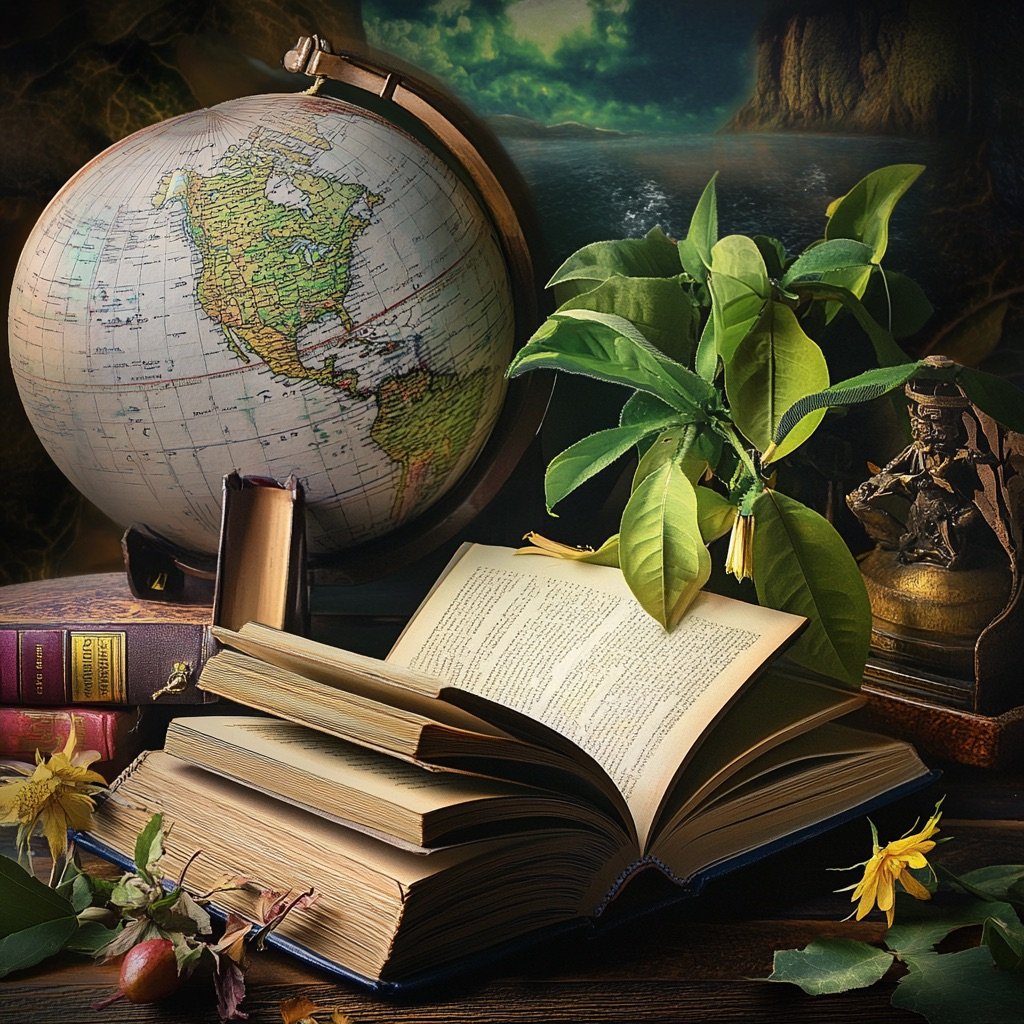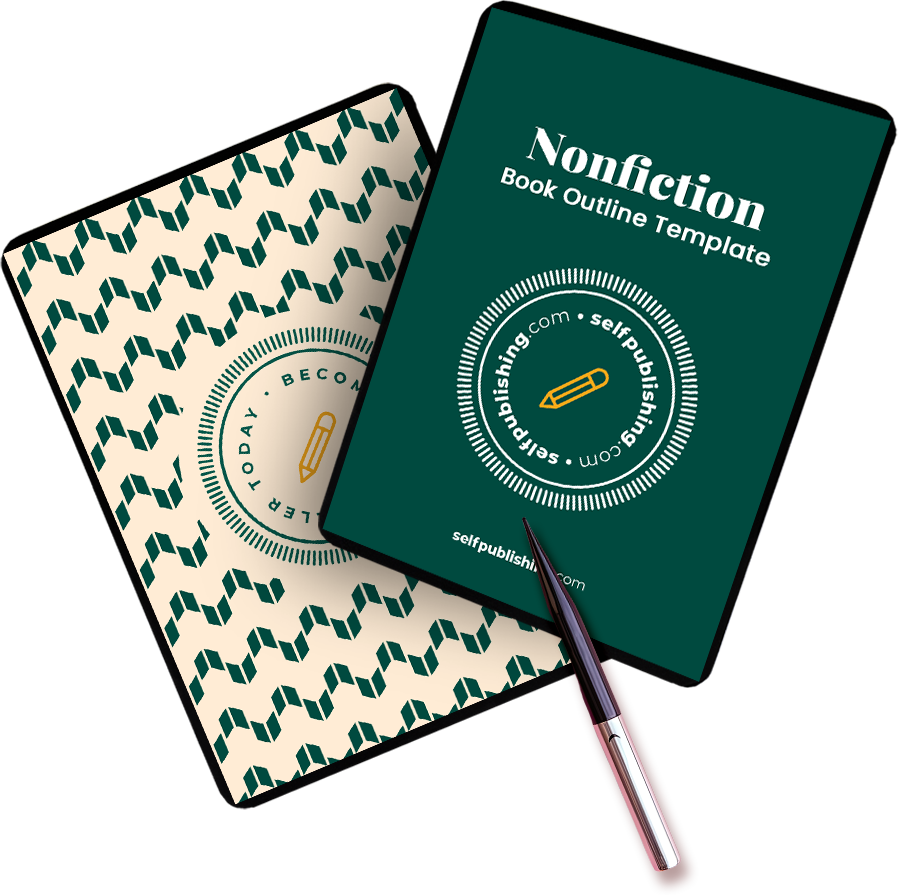When most people think of creative writing, they picture fiction books – but there are plenty of examples of creative nonfiction. In fact, creative nonfiction is one of the most interesting genres to read and write. So what is creative nonfiction exactly?
More and more people are discovering the joy of getting immersed in content based on true life that has all the quality and craft of a well-written novel. If you are interested in writing creative nonfiction, it’s important to understand different examples of creative nonfiction as a genre.
If you’ve ever gotten lost in memoirs so descriptive that you felt you’d walked in the shoes of those people, those are perfect examples of creative nonfiction – and you understand exactly why this genre is so popular.
But is creative nonfiction a viable form of writing to pursue? What is creative nonfiction best used to convey? And what are some popular creative nonfiction examples?
Today we will discuss all about this genre, including plenty of examples of creative nonfiction books – so you’ll know exactly how to write it.
What is Creative Nonfiction?
Creative nonfiction is defined as true events written about with the techniques and style traditionally found in creative writing. We can understand what creative nonfiction is by contrasting it with plain-old nonfiction.
Think about news or a history textbook, for example. These nonfiction pieces tend to be written in very matter-of-fact, declarative language. While informative, this type of nonfiction often lacks the flair and pleasure that keep people hooked on fictional novels.
Imagine there are two retellings of a true crime story – one in a newspaper and the other in the script for a podcast. Which is more likely to grip you? The dry, factual language, or the evocative, emotionally impactful creative writing?
Podcasts are often great examples of creative nonfiction – but of course, creative nonfiction can be used in books too. In fact, there are many types of creative nonfiction writing. Let’s take a look!
Types of creative nonfiction

Creative nonfiction comes in many different forms and flavors.
Just as there are myriad types of creative writing, there are almost as many types of creative nonfiction.
Some of the most popular types include:
Literary nonfiction
Literary nonfiction refers to any form of factual writing that employs the literary elements that are more commonly found in fiction.
If you’re writing about a true event (but using elements such as metaphor and theme) you might well be writing literary nonfiction.
Memoir
Writing a life story doesn’t have to be a dry, chronological depiction of your years on Earth. You can use memoirs to creatively tell about events or ongoing themes in your life.
If you’re unsure of what kind of creative nonfiction to write, why not consider a creative memoir? After all, no one else can tell your life story like you.
Nature writing
The beauty of the natural world is an ongoing source of creative inspiration for many people, from photographers to documentary makers.
But it’s also a great focus for a creative nonfiction writer. Evoking the majesty and wonder of our environment is an endless source of material for creative nonfiction.
Travel writing
If you’ve ever read a great travel article or book, you’ll almost feel as if you’ve been on the journey yourself. There’s something special about travel writing that conveys not only the literal journey, but the personal journey that takes place.
Writers with a passion for exploring the world should consider travel writing as their form of creative nonfiction.
Speeches
For types of writing that leave a lasting impact on the world, look no further than speeches.
From a preacher’s sermon, to ‘I have a dream’, speeches move hearts and minds like almost nothing else. The difference between an effective speech and one that falls on deaf ears is little more than the creative skill with which it is written.
Biographies
Noteworthy figures from history and contemporary times alike are great sources for creative nonfiction. Think about the difference between reading about someone’s life on Wikipedia and reading about it in a critically-acclaimed biography.
Which is the better way of honoring that person’s legacy and achievements? Which is more fun to read? If there’s someone whose life story is one you’d love to tell, creative nonfiction might be the best way to do it.
So now that you have an idea of what creative nonfiction is, and some different ways you can write it, let’s take a look at some popular examples of creative nonfiction books and speeches.
Examples of Creative Nonfiction
Here are our favorite examples of creative nonfiction:
1. In Cold Blood by Truman Capote
No list of examples of creative nonfiction would be complete without In Cold Blood.
This landmark work of literary nonfiction by Truman Capote helped to establish the literary nonfiction genre in its modern form, and paved the way for the contemporary true crime boom.
2. A Moveable Feast by Ernest Hemingway
Ernest Hemingway’s A Moveable Feast is undeniably one of the best creative memoirs ever written.
It beautifully reflects on Hemingway’s time in Paris – and whisks you away into the cobblestone streets.
3. World of Wonders by Aimee Nezhukumatathil
If you’re looking for examples of creative nonfiction nature writing, no one does it quite like Aimee Nezhukumatathil. World of Wonders is a beautiful series of essays that poetically depicts the varied natural landscapes she enjoyed over the years.
4. A Walk in the Woods by Bill Bryson
Bill Bryson is one of the most beloved travel writers of our time.
And A Walk in the Woods is perhaps Bryson in his peak form. This much-loved travel book uses creativity to explore the Appalachian Trail and convey Bryson’s opinions on America in his humorous trademark style.
5. The Gettysburg Address by Abraham Lincoln
While most of our examples of creative nonfiction are books, we would be remiss not to include at least one speech.
The Gettysburg Address is one of the most impactful speeches in American history, and an inspiring example for creative nonfiction writers.
6. I Know Why the Caged Bird Sings by Maya Angelou
Few have a way with words like Maya Angelou.
Her triumphant book, I Know Why the Caged Bird Sings, shows the power of literature to transcend one’s circumstances at any time. It is one of the best examples of creative nonfiction that truly sucks you in.
7. Hiroshima by John Hershey
Hiroshima is a powerful retelling of the events during (and following) the infamous atomic bomb.
This journalistic masterpiece is told through the memories of survivors – and will stay with you long after you’ve finished the final page.
8. Eat, Pray, Love by Elizabeth Gilbert
If you haven’t read the book, you’ve probably seen the film. Eat, Pray, Love by Elizabeth Gilbert is one of the most popular travel memoirs in history.
This romp of creative nonfiction teaches us how to truly unmake and rebuild ourselves through the lens of travel.
9. Me Talk Pretty One Day by David Sedaris
Never has language learning brought tears of laughter like Me Talk Pretty One Day.
David Sedaris comically divulges his (often failed) attempts to learn French with a decidedly sadistic teacher, and all the other mishaps he encounters in his fated move from New York to Paris.
10. The Glass Castle by Jeannette Walls
Many of us had complicated childhoods, but few of us experienced the hardships of Jeannette Walls. In The Glass Castle, she gives us a transparent look at the betrayals and torments of her youth and how she overcame them with grace – weaving her trauma until it reads like a whimsical fairytale.
Now that you’ve seen plenty of creative nonfiction examples, it’s time to learn how to write your own creative nonfiction masterpiece.
Tips for writing Creative Nonfiction

Writing creative nonfiction has a lot in common with other types of writing. (You won’t be reinventing the wheel here.)
The better you are at writing in general, the easier you’ll find your creative nonfiction project. But there are some nuances to be aware of.
Writing a successful creative nonfiction piece requires you to:
Step 1 – Choose a form
Before you commit to a creative nonfiction project, get clear on exactly what it is you want to write. That way, you can get familiar with the conventions of the style of writing and draw inspiration from some of its classics.
Try and find a balance between a type of creative nonfiction you find personally appealing and one you have the skill set to be effective at.
Step 2 – Gather the facts
Like all forms of nonfiction, your creative project will require a great deal of research and preparation. If you’re writing about an event, try and gather as many sources of information as possible – so you can imbue your writing with a rich level of detail.
If it’s a piece about your life, jot down personal recollections and gather photos from your past.
Step 3 – Plan your writing
Unlike a fictional novel, which tends to follow a fairly well-established structure, works of creative nonfiction have a less clear shape. To avoid the risk of meandering or getting weighed down by less significant sections, structure your project ahead of writing it.
You can either apply the classic fiction structures to a nonfictional event or take inspiration from the pacing of other examples of creative nonfiction you admire.
You may also want to come up with a working title to inspire your writing. Using a free book title generator is a quick and easy way to do this and move on to the actual writing of your book.
Step 4 – Draft in your intended style
Unless you have a track record of writing creative nonfiction, the first time doing so can feel a little uncomfortable.
You might second-guess your writing more than you usually would due to the novelty of applying creative techniques to real events. Because of this, it’s essential to get your first draft down as quickly as possible.
Step 5 – Rewrite and refine
After you finish your first draft, only then should you read back through it and critique your work.
Perhaps you haven’t used enough source material. Or maybe you’ve overdone a certain creative technique.
Whatever you happen to notice, take as long as you need to refine and rework it until your writing feels just right.
Are you ready to wow the world with a creative nonfiction story?
You know have the knowledge and inspiring examples of creative nonfiction you need to write a successful work in this genre.
Whether you choose to write a riveting travel book, a tear-jerking memoir, or a biography that makes readers laugh out loud, creative nonfiction will give you the power to convey true events like never before.
Who knows? Maybe your book will be on the next list of top creative nonfiction examples!

